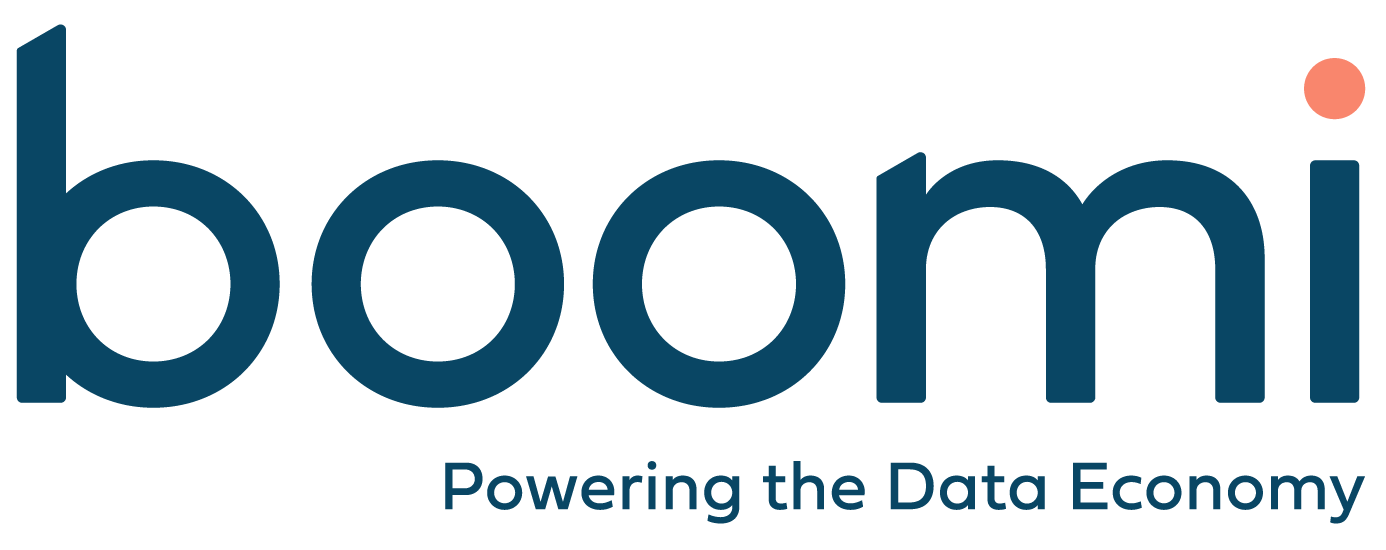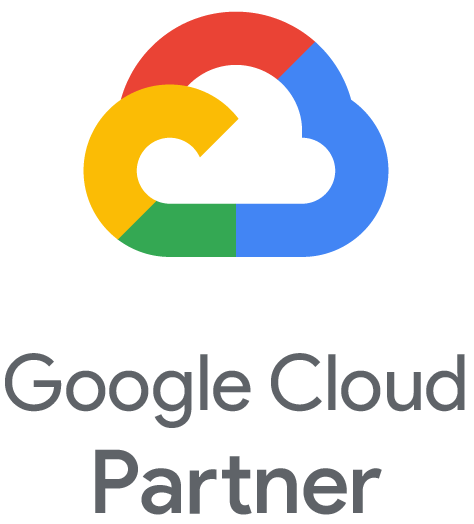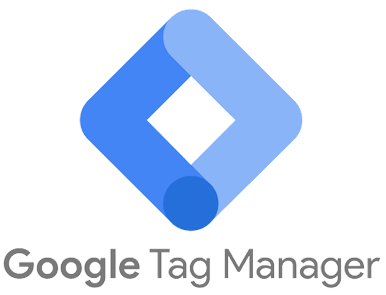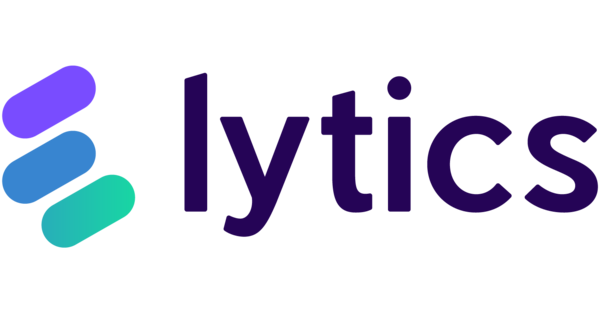1. Build unified customer profiles
A CDP acts as a central hub for all of your customer data. So even if you launch campaigns on social media, email, and search, you can gather all audience information in one place. This way, you can better understand each customer’s journey and more effectively reach them with new strategies.
This aggregation is especially important as businesses now have more touchpoints than ever through which to reach customers. Instead of getting overwhelmed with data management and shying away from trying new platforms, brands can use CDPs to make sense of all this information and put it to good use.
2. Deliver personalized experiences
With more data comes more opportunities to launch personalized, relevant campaigns for your customers. And that’s exactly what customers crave. According to research from Epsilon, 80% of shoppers want personalization from retailers, and they’re more likely to buy from retailers if they get it. Yet McKinsey & Company reported that most retailers are struggling to define their personalization strategies, largely because they can’t gather and integrate customer data.
The answer to that problem? CDPs.
As David Raab, founder at the CDP Institute, said: “Customers demand (personalization). They expect you to have (good service) because they see other businesses have it. They want convenience and good service. You can’t meet those demands without having a unified customer profile assembled. CDP is the only system which does that effectively.”
3. Increase customer satisfaction
According to Aberdeen, having a CDP can drive a 9X increase in customer satisfaction, a 2.9X increase in annual growth, and a 5.7X boost in average annual spend.
Think about it. The more customers get to enjoy content that actually meets their interests, the easier it is for them to make purchasing decisions, trust brands with their information, and become loyal buyers.
4. Save time and money with automation
CDPs are data hubs, yes. But many are also equipped with the capabilities to activate that data through artificial intelligence and automation.
For example, a CDP may be able to use a shopper’s buying history to anticipate how and when they’ll buy in the future. This way, you can meet them at the right time with the right messaging — ensuring that your budget is going only towards campaigns that are most likely to convert.
5. Predict the future
No, that’s not hyperbole. Your CDP can be a crystal ball, too — well, at least the kind that predicts marketing trends.
With machine learning, CDPs can relate different groups of data to predict customer behavior and create new segments of high-quality audiences. Businesses can then use this data to make real-time campaign decisions and stay ahead of the competition — even as the data keeps flooding in.
That’s not all, either. For a closer look at the biggest advantages of CDPs, check out our eBook, “How Customer Data Platforms Can Provide Benefits for Companies of All Sizes.”























































































